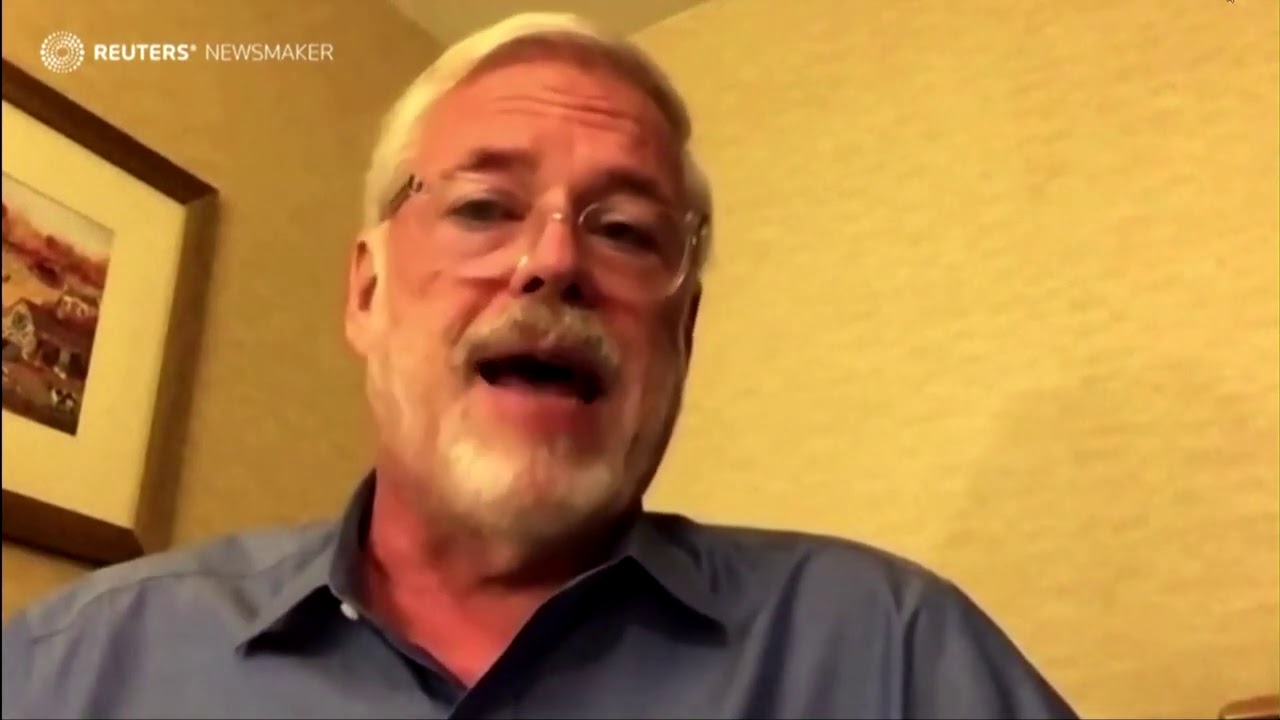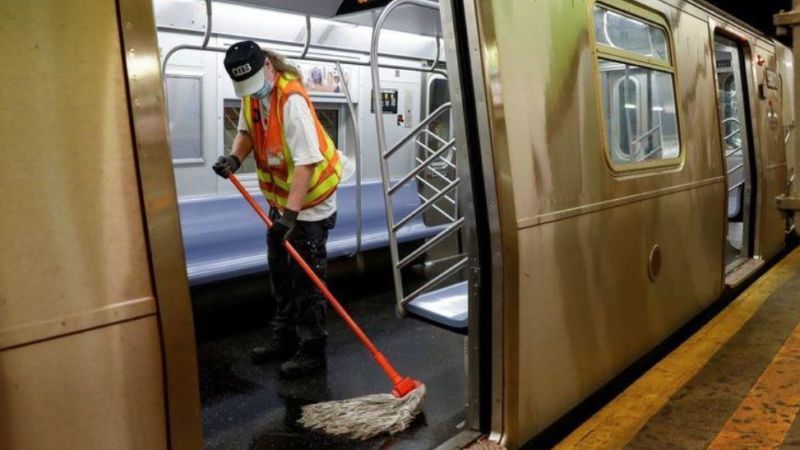In a recent Thomson Reuters Newsmaker interview, Patrick Foye, head of New York City's transit authority, called the current situation a “five-alarm fire” that Congress is ignoring.
What would New York City be without a functioning mass-transit system? Many New Yorkers might answer that question with a shrug and say, “Look around — how much worse could it get?”
But according to Patrick Foye, Chairman and CEO of the New York Metropolitan Transportation Authority (MTA), the mass-transit situation in New York City can get considerably worse — and will — if Congress does not approve a $12 billion lifeline the MTA needs by November to avoid massive layoffs and drastic cuts in service.
In a recent Thomson Reuters Newsmaker interview, Foye called the situation facing the MTA a “five-alarm fire” that Congress is ignoring — a battle cry he has been sounding for months, and reiterated in an op-ed in The New York Times on Sept. 1.
Worse than the Great Depression
“The situation now is far worse than it was in the Great Depression,” Foye told Reuters Editor-at-large Axel Threlfall. Following the 1929 stock market crash, subway ridership dropped 12%, Foye said — a minor dip compared to the astounding 95% drop in ridership seen during the peak of the coronavirus pandemic. “Even now, transit ridership is down 75%,” Foye said, and luring riders back will be an ongoing challenge.
As many as 8,400 transit workers could be laid off if Congress fails to provide the $12 billion in funding Foye says the MTA needs to continue operating through 2021. Furthermore, service could be cut in half, fares would go up, and much-needed upgrades would not happen. The cascading economic impact of all these potential cuts amounts to a “national emergency,” Foye explained — one Congress ignores at its peril. “This needs to be recognized as a national crisis that requires a national solution,” Foye said. “It’s in the national interest to fund the MTA.”
If federal funding does not come through, Foye predicted the entire tri-state region’s economic recovery would suffer, dragging down a significant portion of the national economy with it.
Foye is hopeful that Congress will recognize the severity of the MTA’s predicament, because in one instance it already has. The MTA received $3.9 billion in additional funding when Congress passed the CARES Act in March, and Secretary of Transportation Elaine Chao acknowledged at the time the “vital role” transportation infrastructure plays in “allowing the rest of us to carry on our daily lives.” Unfortunately, that CARES money was exhausted on July 24, Foye explained, and the New York City transit system is currently losing $200 million in revenue every day.
Back to the 1970s?
As with so many things involving the MTA, however, there are complicating factors. For starters, the MTA itself has for years been accused of mismanagement. A 2018 analysis by City Journal, a quarterly magazine of urban policy affairs, compared the economic efficiency of New York City’s transit system to that of other large cities such as London and Paris. New York City did not fare well. For example, London ran both its Underground subway system and 9,549 buses in 2017 for about $6.2 billion. By contrast, the MTA spent $9.5 billion to run the New York subway system and fewer than half as many buses (4,451). The chief culprits were debt servicing and inefficient use of labor, the magazine concluded, adding that “unless the MTA makes a clear public commitment to reform, its service and infrastructure will continue to decline, regardless of how much money it raises.”

To its credit, the MTA has since initiated an ambitious modernization program, including a $54.8 billion capital plan for 2020-2024 that Foye claims is also in jeopardy. That plan “has the potential to revolutionize mass transit in New York,” Foye insisted, and includes everything from improved ADA accessibility to new subway cars, a fleet of electric buses, and expanded service into Harlem and the East Bronx. Furthermore, prior to the pandemic, the MTA’s alleged mismanagement had produced an $81 million operating surplus, on-time service was improving, and ridership was up, he said.
Unfortunately, most if not all of these gains will be lost if the MTA doesn’t get the congressional funding it needs, Foye warned. “If we don’t get that $12 billion, there will be fewer people employed, the economic recovery will be stunted, and there will be less tax revenue for the federal government, state, and city.” New Yorkers could expect something similar to the system’s decline in the 1970s and 1980s, when “delays, breakdowns, and graffiti-covered cars” were the defining characteristics of the New York subway experience, all of which resulted in “really lousy service,” Foye recalled.
Restoring safety & trust
No matter what happens, however, the MTA will still have to contend with the public’s understandable fears about contracting the coronavirus on a crowded subway car or bus. Foye and his team are trying to get the message out that aggressive cleaning protocols have made New York’s subway trains cleaner than ever, and that wearing a mask is sufficient protection against the virus. “No research shows mass transit as a vector in increased virus transmission,” Foye said, “as long as people wear masks.” The agency is also exploring alternatives such as a form of ultra-violet lighting that would kill the virus continuously and even protect against aerosolized transmission.
There are other funding options, too, such as the proposed “congestion pricing” measure passed in 2019 that would charge a fee on vehicles entering the city. The Federal Highway Administration has yet to approve the measure, however, and Foye doesn’t have much confidence that it ever will — at least not under the current administration.
Having sounded the alarm, Foye said he is still holding onto a slim sliver of hope that the federal government will come through in the clutch and provide his agency with the $12 billion it needs.
“We were grateful for the $3.9 billion in CARES funding, and that was the right thing to do at the time,” Foye said. “It continues to be the right thing to fund the MTA, and only the federal government can do that. Not advancing that funding, in the middle of a pandemic, with 20% unemployment or higher in New York City and the surrounding region — it’s punitive, it’s wrong, and it’s not in the national interest.”







